Hello bloggers, today we are going to talk about the reasons why everyone should visit Bolivia at least once in their life, and one of them is Salar de Uyuni. Read more in the blog below.
The Salar Uyuni.
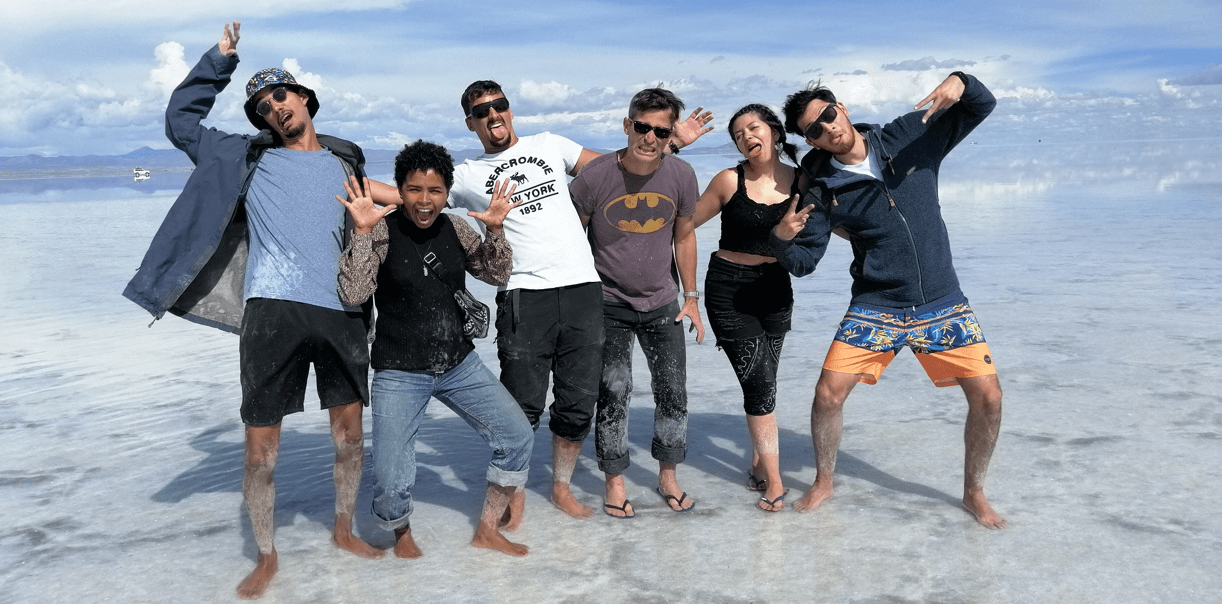

The Salar is the largest salt flat in the world, covering some 13,000 square kilometres, estimated to contain 10 billion tonnes of salt. It’s a remote place, well off the beaten path and seemingly isolated from the modern world, but somewhere not to be missed if you’re in Bolivia.
With Dreamy Tours Travel Agency, you got to know one of South America’s greatest natural treasures, the Salar de Uyuni.
The raw beauty of the Salar’s UNESCO-listed lunar landscapes is mesmerizing, and the expanses of chalk stone, formed in hexagonal patterns, stretch into the distance, only disappearing when they meet the snow-capped Andean peaks.
The sheer emptiness of the terrain is a very surreal experience, while no words could do justice to the sunsets here.
During the rainy season, between November and April, something strange happens. The Salar de Uyuni in Bolivia is transformed into a vast, shimmering mirror, leaving you unable to tell where the flats end and the sky begins.
Where they converge on the horizon, anyone walking in the distance appears to be floating between the skies, while the reflective symmetry creates the illusion of upside-down mountain ranges.
2°Tiwanaku Culture Tiahuanaco.
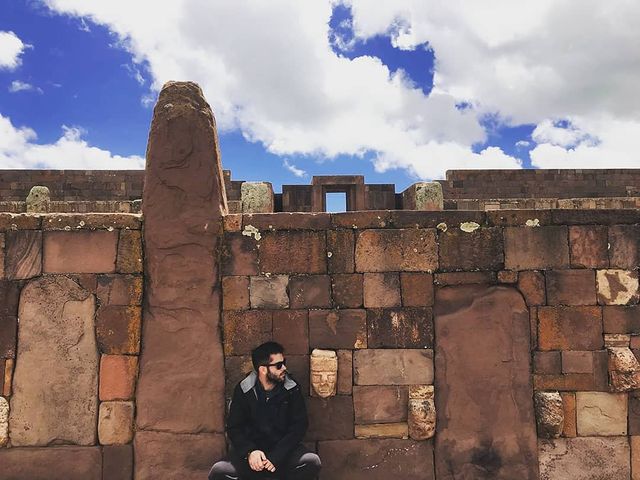
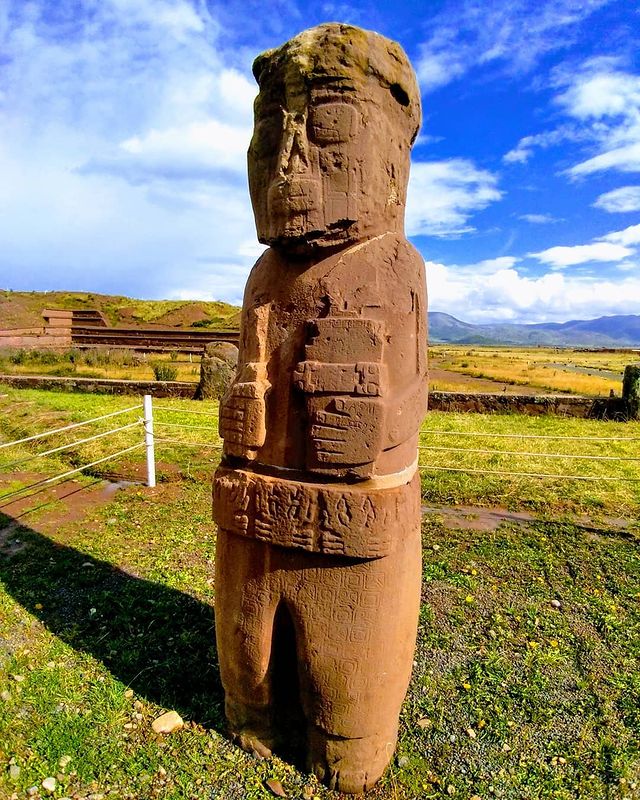
The largest pre-Columbian civilization known for, the same ruins are situated near the southern shore of Lake Titicaca in Bolivia. The main site of Tiwanaku was added to the UNESCO World Heritage List in 2000.
Some scholars date the earliest traces found at the site to the beginning of the Early Intermediate Period (c. 200 BC-ad 200); others suggest that the culture is evident in artefact from the 2nd millennium BC.
However, they must have continued (ad 600 – 1000), as during this period Tiwanaku influences are seen in the (Huari Wari) culture and elsewhere in the central and southern Andes.
The main buildings at Tiwanaku include the Akapana Pyramid, a huge platform mound or stepped earth pyramid; a rectangular enclosure known as the Kalasasaya, built with alternating tall stone columns and smaller rectangular blocks; and another enclosure known as the Palacio.
A notable feature of the Kalasasaya is the monolithic Sun Gate, adorned with the central carved figure of a door-god and other subsidiary figures, sometimes referred to as angels or winged messengers. Many freely carved stone figures have also been found at the site.
In the late 20th century, archaeologists discovered new information about the Tiwanaku site. Formerly thought a mostly ceremonial site, the area has since been revealed as a once bustling metropolis, the capital of one of the largest and most enduring ancient civilizations; yet relatively little is known about it.
During the height of its power, Tiwanaku dominated or influenced large portions of what is now eastern and southern Bolivia, northwestern Argentina, northern Chile, and southern Peru.
3°The Death Road “yungas”.
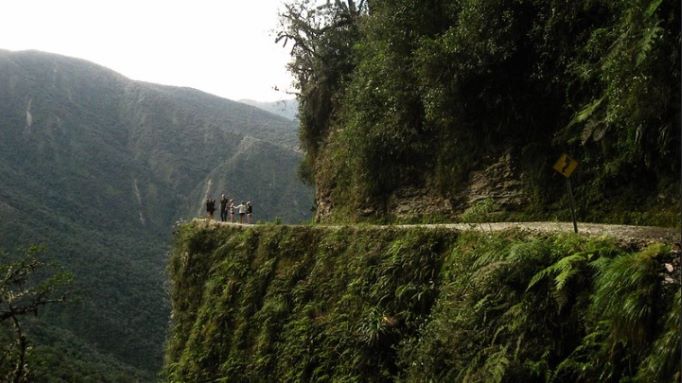

Nowadays, it is fashionable among adventurers, tourists arriving in Bolivia in La Paz, everyone wants to do the descent by bike, we at Dreamy Tours Agency offer this bike tour in La Paz, Bolivia.
Built by Paraguayan prisoners captured during the Chaco War, a conflict between Bolivia and Paraguay over a territorial dispute between 1932 and 1935. The Yungas Road starts in La Paz, at an altitude of 4700 metres and ends in the town of Yolosa, 1200 metres above sea level with an altitude difference of 3500 metres in just 80 kilometres.
It is also called the Yungas Trail because it is located in a unique tropical area in Bolivia, and It is one of the most popular (attractions) for tourists travelling to Bolivia, and gains more and more followers every year.
The need to connect La Paz with the Yungas, an area located northeast of the capital in the Central Andes, was the motivation to open a trail in a region dominated by dense jungle ecosystems and mountain forests, in a very rainy climate with frequent fogs.
4° Tarija and the Wine Route:
The Department (state) of Tarija, in the south of Bolivia emerges Tarija, a place of dreams with its beautiful landscapes, its history and its people and famous for the wine they make there.
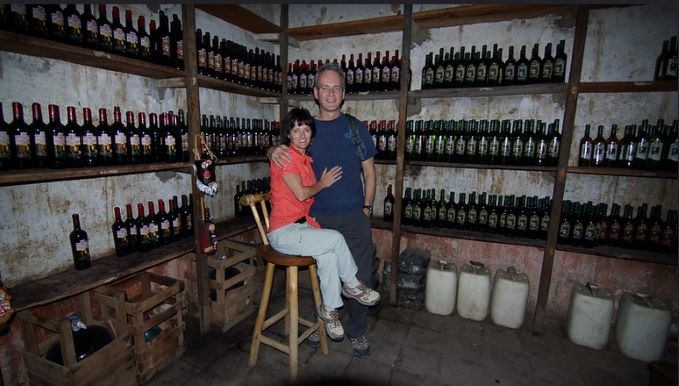
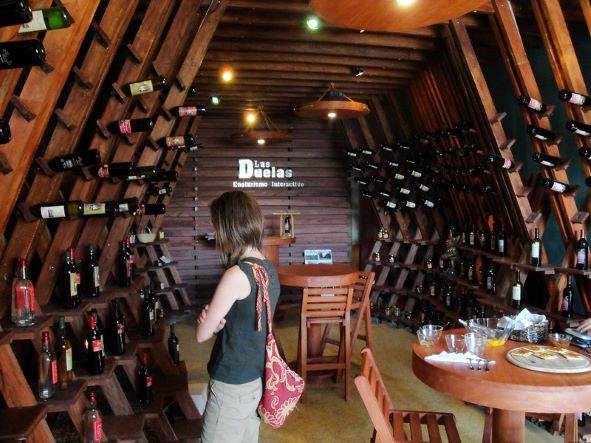
In its beautiful lands are produced wines and singanis of excellent quality, one of the most recognized in the world. The city of Tarija, the capital Tarija is located in a beautiful valley on the banks of the Guadalquivir River.
In its beautiful lands are produced wines and singanis of excellent quality, one of the most recognized in the world. We at Dreamy Tours offer the tour, wine route tour in Tarija, Bolivia.
Since viticulture began in Tarija, less than half a century ago, great changes have occurred in the main agricultural economic activity of this region.
A unique celebration, characterized by an extraordinary overflow of joy, beauty and tradition.
The Tarija wine from different red or white wineries, with its peculiar colours and flavours, lights up the morning of those who visit the Concepción valley. In the valley, the grape festival is and always has been an event.
For some years now with a special addition, the meeting of art and wine, which brings together famous artists from Bolivia and some neighbouring countries who find their inspiration in these quiet places.
There, in its old mansions and picturesque streets, part of the regional history is preserved.
5° La Paz Capital City.

La Paz is the main city in Bolivia and you can’t miss it. It is full of very interesting places to visit such as
PLAZA MURRILO: the best colonial buildings in La Paz, see an impressive collection of colonial and modern art. Since the colonial years, this leafy square has been the historic centre of the city and today remains the focal point of political life in Bolivia.
It takes its name from Pedro Domingo Murillo, who was an important figure in the war of independence.
PLAZA SAN FRANCISCO: An architecturally beautiful square full of street artists, craft vendors and a food market make Plaza San Francisco one of the liveliest public squares in La Paz. The square marks the point where the city’s colonial quarter borders the indigenous Aymara districts.
THE WITCHES’ MARKET. Get a peek into the world of Aymara medicine witchcraft and sorcery at the lively, mysterious Witches’ Market in La Paz. Browse the collection of intriguing stalls for everything from amulets and herbal remedies to clothing and crafts from the Andes. Aymara culture has its origins in the highlands of Bolivia.
No doubt La Paz has other places to visit, but this we will talk about in another post that will be exclusive only to the city of La Paz in Bolivia.
Contact Us:
For more information, please contact us DREAMY TOURS, we will be happy to answer all your questions regarding tours in all Peru and Bolivia. We are an Travel Agency specialized in tours packages, if you need some information, please write to us.
We offer tours in these cities in Peru:










